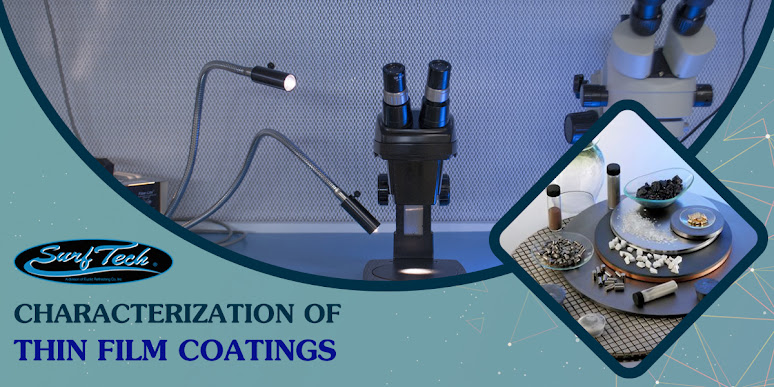Top Benefits of Copper PVD Plating and Coating
Copper Plating Services offers many benefits to products. It increases tensile strength, corrosion resistance, and electrical conductivity. It can also reduce costs. Here are some of the benefits of copper plating: Let's examine the different applications of copper on metals and plastics.
Improves Tensile Strength
Copper plating has been used for centuries for the manufacture of a variety of metals. Its advantages include improved wear resistance, better thermal conductivity, and increased tensile strength. It can also reduce the size of the average gap between copper and diamond, which is beneficial for stress transfer.
Copper plating improves the strength of a panel by ensuring that it is smooth and level. In addition, copper plated panels have higher elongation rates and tensile strengths. In tests, copper plated panels passed the tensile strength test with over 40000 psi and 20% elongation. They were also tested using different current densities at two different temperatures of 24oC and 35oC. Cracks in the copper plated panel were also examined in order to assess the reliability of the plated material.
Improves Corrosion Resistance
Copper plating is an effective corrosion resistance and wear protection process that forms an effective barrier between the base material and subsequent metal deposits. It is applied over clean and pickled steel products using electro-deposition techniques. The copper layer prevents carbon diffusion and cementation within sections. Nickel and chromium are then applied over the copper layer, providing corrosion resistance and durability.
Copper plating is a highly effective process for improving corrosion resistance and adhesion. It has excellent adhesion to many base metals and can be used to protect a variety of products. Copper is also highly conductive, making it a good choice for precision engineering applications.
Improves Electrical Conductivity
Copper plating is an effective way to improve the electrical conductivity of an object. Copper is a soft malleable metal and is well-suited for plating flexible objects. Additionally, copper is very adhesive and will not separate from the material it's plated onto. It also helps increase the corrosion resistance of a product. Furthermore, copper plating is often used in the electrical and electronics industries.
Also read about, Chrome Plating and PVD Coating with Aluminum in the Automotive Industries
There are many types of copper electroplating, each of which has its own advantages. The most common copper electroplating process involves a simple electrolytic reaction. This process requires an electrolytic cell, a copper rod, and an electrolyte solution. The electrolyte solution contains two different components: a cathode and an anode. As the electrodes are positioned within the electrolytic cell, direct electrical current passes through them. This electrolysis process causes copper cations to be transferred from the anode to the cathode, resulting in a thin metallic film on the surface of the cathode.
Reduces Cost
Copper plating is an inexpensive way to add value to your products. It can improve their durability and functionality, so you won't have to replace them as often. It also reduces the risk of corrosion, which costs $250 billion a year in repair costs. This can help you save a considerable amount of money, and it's a process that pays for itself within just a few months.
Copper plating also has environmental benefits. It has much lower emissions compared to other metals and is more environmentally friendly. It's easy to recycle and EPA regulations limit its discharge. Another benefit is its high electrical conductivity, second only to silver. This allows it to be used in ammunition casings, and it helps to preserve the safety of firearm users.
Improves Aesthetics
Copper plating is an important process that improves the aesthetics of the finished part. This process is most commonly used to improve the appearance of metal parts before a final layer of metal is applied. Common applications include automotive parts, circuit boards, and the defense industry. Plating an object with copper before the final metal deposit increases its aesthetics and makes it more durable. Copper plating can also be done on non-metals, such as plastic or glass.
The copper-plating and pvd coating process is also known as electroforming. It is a process that involves the use of a pyrophosphate solution. The pyrophosphate solution is not suitable for materials that conduct electricity, but it is a common chemical used for general plating and electroforming. However, this process requires additional processing before the final product is discarded. SurfTech INC offer copper plating services.



Comments
Post a Comment